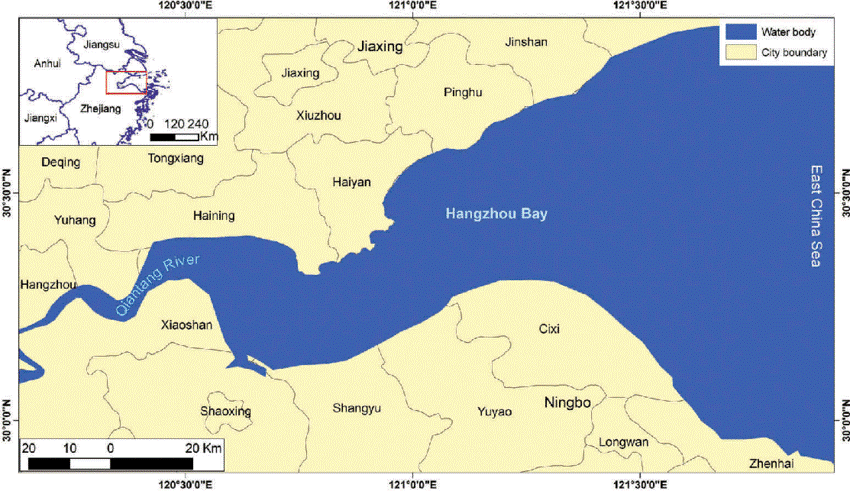





Disclaimer: Copyright infringement not intended.
Context
About Qiantang River
What is Tidal Bore?
|
PRACTICE QUESTION When a tide enters the narrow and shallow estuary of river, the front of the tidal wave appears to be vertical owing to the piling up of water of the river against the tidal wave and the friction of the river bed. The appropriate name of this vertical wall of water is A) Tidal Current B) Tidal Bore C) Tidal Bulge D) Tidal Loop Answer: B |











© 2025 iasgyan. All right reserved